Part 6 of Inspect the Web, a 6-part series. Previously: Inspecting Data Files
A web data firm recently offered its secrets to the public. By secrets, I mean, the secrets you have shared, through your web browsing, methodically gathered by this data firm and its many brokers.
The data on the site, called AbouttheData.com, includes biographical facts, like education level, marital status and number of children in a household; homeownership status, including mortgage amount and property size; vehicle details, like the make, model and year; and economic data, like whether a household member is an active investor with a portfolio greater than $150,000. Also available will be the consumer’s recent purchase categories, like plus-size clothing or sports products; and household interests like golf, dogs, text-messaging, cholesterol-related products or charities.
http://www.nytimes.com/2013/09/01/business/a-data-broker-offers-a-peek-behind-the-curtain.html?_r=0&pagewanted=all
How did they find out?
In this final chapter of our brief acquaintance with the Web inspector, we’ll take what we’ve learned thus far to one of its logical conclusions: If webpages – their text, images, and widgets – are an assemblage of discrete pieces. And each piece is something we send requests for. Then our requests themselves are a piece about who we are.
(Note: In order to take up that company on its offer, you have to tell it even more information about yourself. I don’t recommend doing that. Reading the article should give you the gist of it.)
Every Like we make
A standard form

TK Explain
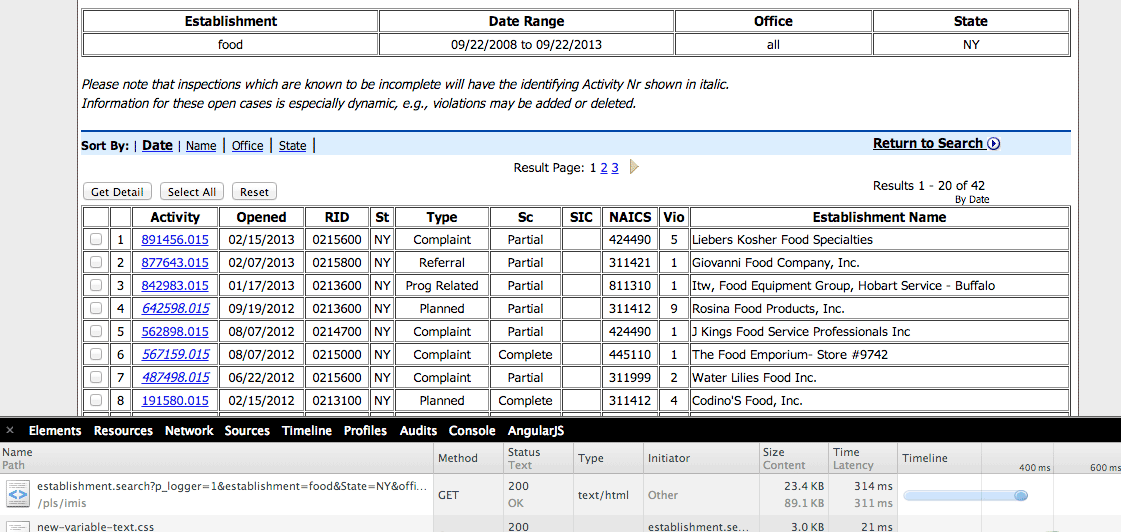

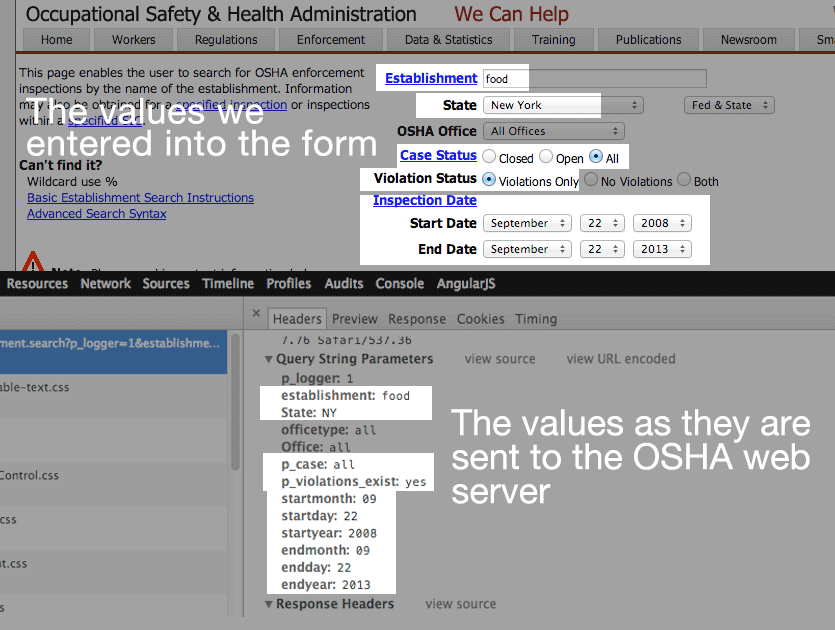
AJAX Forms
Visit the FEC Candidate and Committee Viewer
Enter in ‘obama’
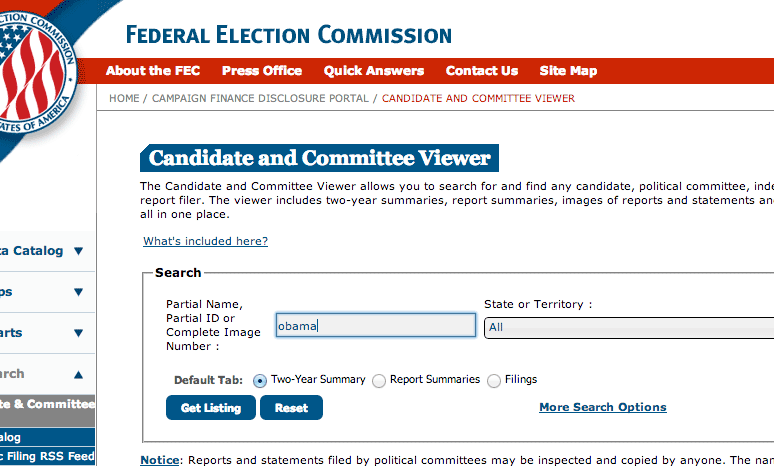
The results:

See the new POST request with parameter filled

Parameter:
!()[06-101-fec-alaskan-women.png]
Click on “Alaskan Women For Obama”. Notice there’s no hard link
http://www.fec.gov/fecviewer/CandidateCommitteeDetail.do
A Facebook Like
Form data like
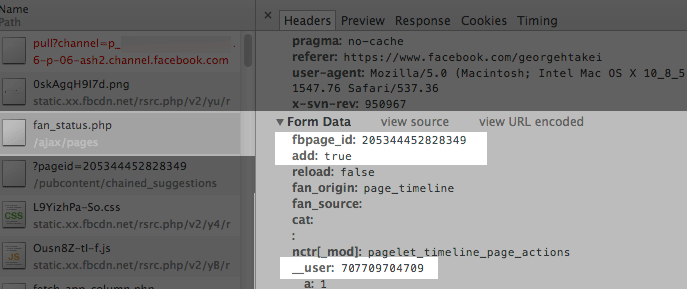

http://graph.facebook.com/205344452828349
The parameters when you Like it

The parameters when you don’t

fbpage_id:205344452828349
add:true
reload:false
fan_origin:page_timeline
fan_source:
Every Tweet we take
Tweet notifications


Look at since_id
TK: Explain
Look at interval: 30000 ms
TK: Explain
Chartbeat Scroll Depth
Scroll Depth: Pinpoint your homepage’s digital fold.
See exactly where your readers are actively engaging with your stories. And where you’re losing their attention. Scroll Depth measures how far down the page your audience is reading so you can adjust your homepage content accordingly. We count pixels, so you get data.
TK Explain
https://chartbeat.com/privacy/

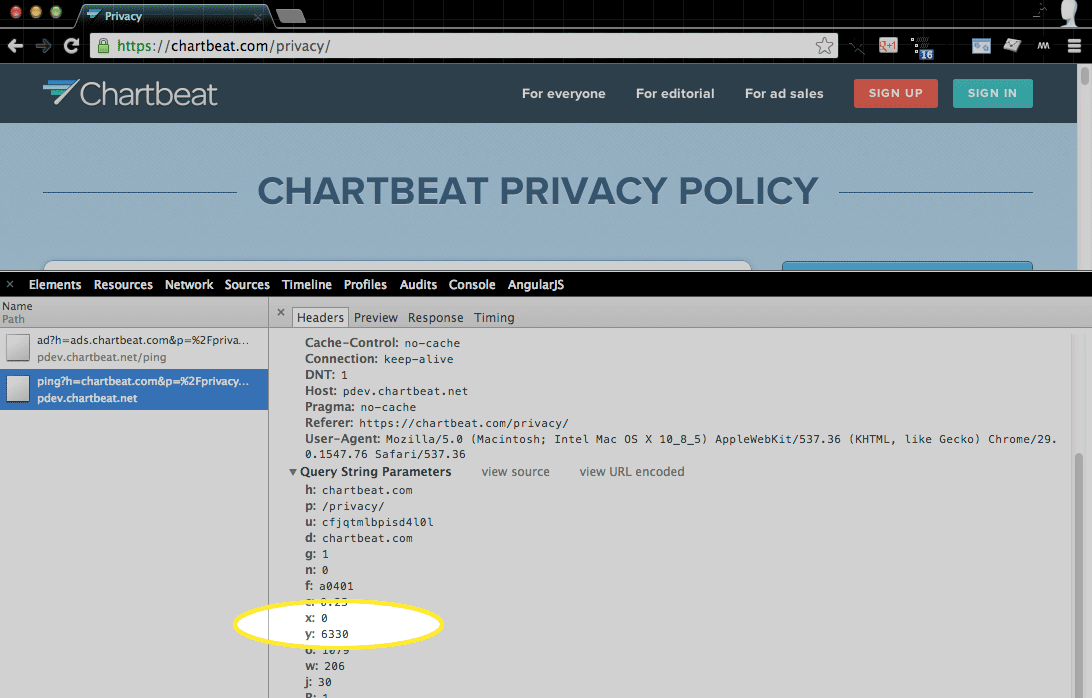
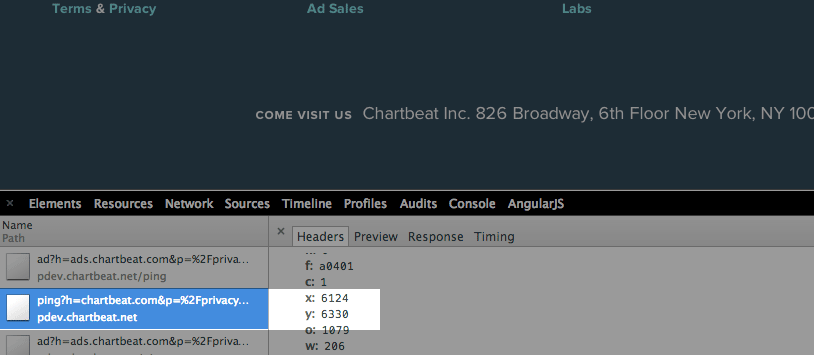

Disabling Javascript
Knowing what we don’t know
If this all seems confusing, it should be. I’ve only shown you half of this side, how to see what data you actually send and where it is sent?
But what happens to the data that is actually stored? For a Facebook Like, the result is obvious: your friend sees a Like (and presumably, all your other friends). But what else is in that data snippet?
And how is this information being analyzed? We don’t and can’t easily know. But at least we know that if you get 10 ads for something soemthing,
Previous:
Inspecting Data Files
Next:
Inspect Everything
Project Manifest
- Inspect the Web: How to see the underpinnings of the Web
- Meet the Web Inspector: How to find and activate the Web inspector
- Elements of the Web: Just text
- Forge the Web: Instant experimentation with HTML and CSS
- The Network Panel: See the traffic of the Internet
- Inspecting Data Files: The data is just text, too
- A Bit for a Bit: You don't get something for nothing.
- Inspect Everything: The Web is only the beginning